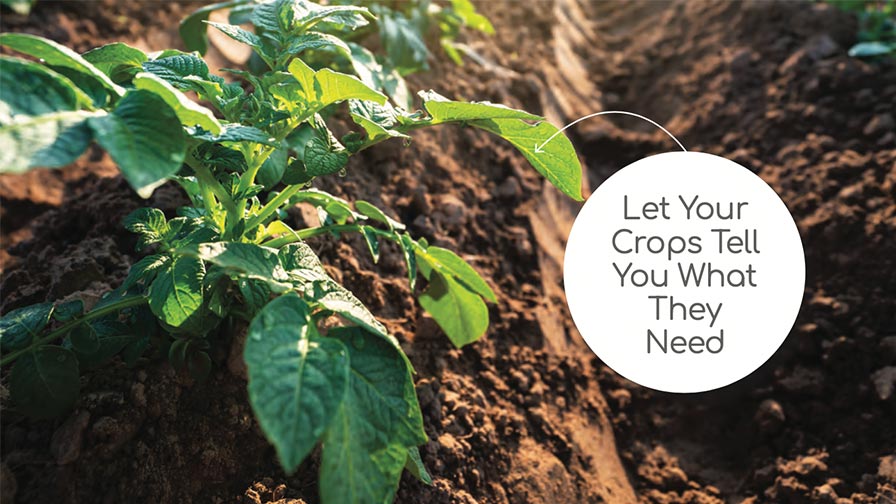Forecasting Future Weed Invasions
A way to forecast future weed invasions and curb their far-reaching effects is detailed in an article in the October–December issue of the journal Invasive Plant Science and Management.
With globalization comes increased introduction of non-native plants into the U.S. Quick action is required to control or eradicate a threatening species before it spreads and becomes established. After that, the cost of removing an exotic species of plant grows exponentially, just like the infestation itself.
This situation calls for an early warning system. The authors of this article present a geographic information system (GIS) of analysis to predict where weeds might strike next. This offers an important management tool of early detection.
The GIS uses county-level data that is readily available on websites to create “watch lists” of where an unwanted species might find a new home. This is not meant to displace other, more accurate methods of detection, such as the use of point location data, but to offer a rapid response based on estimation.
Through GIS, an “environmental envelope” is created for each environmental variable for each species, establishing a range within which a species can survive. For example, in counties where an exotic species is found, the highest and lowest recorded temperatures are noted. This range is then compared to counties where the species is not found to determine if its temperature range might eliminate or justify a threat of invasion. Once any number of such climatic variables are examined, a species may be added to a watch list for a specific county. These watch lists can assist managers in making decisions about early warning, control prioritization, and targeting research to specific locations within counties assessed as vulnerable.
The GIS method was validated by a time series study of 66 species in counties in the Pacific Northwest and the Rocky Mountains. The analysis successfully selected counties that experienced exotic weed invasions in subsequent years.
Full text of the article, “Forecasting Weed Distributions using Climate Data: A GIS Early Warning Tool,” Invasive Plant Science and Management, Vol. 3, No. 4, October–December 2010, is available at www2.allenpress.com/pdf/ipsm-03-04-365-375.pdf.
Source: The Weed Science Society of America









